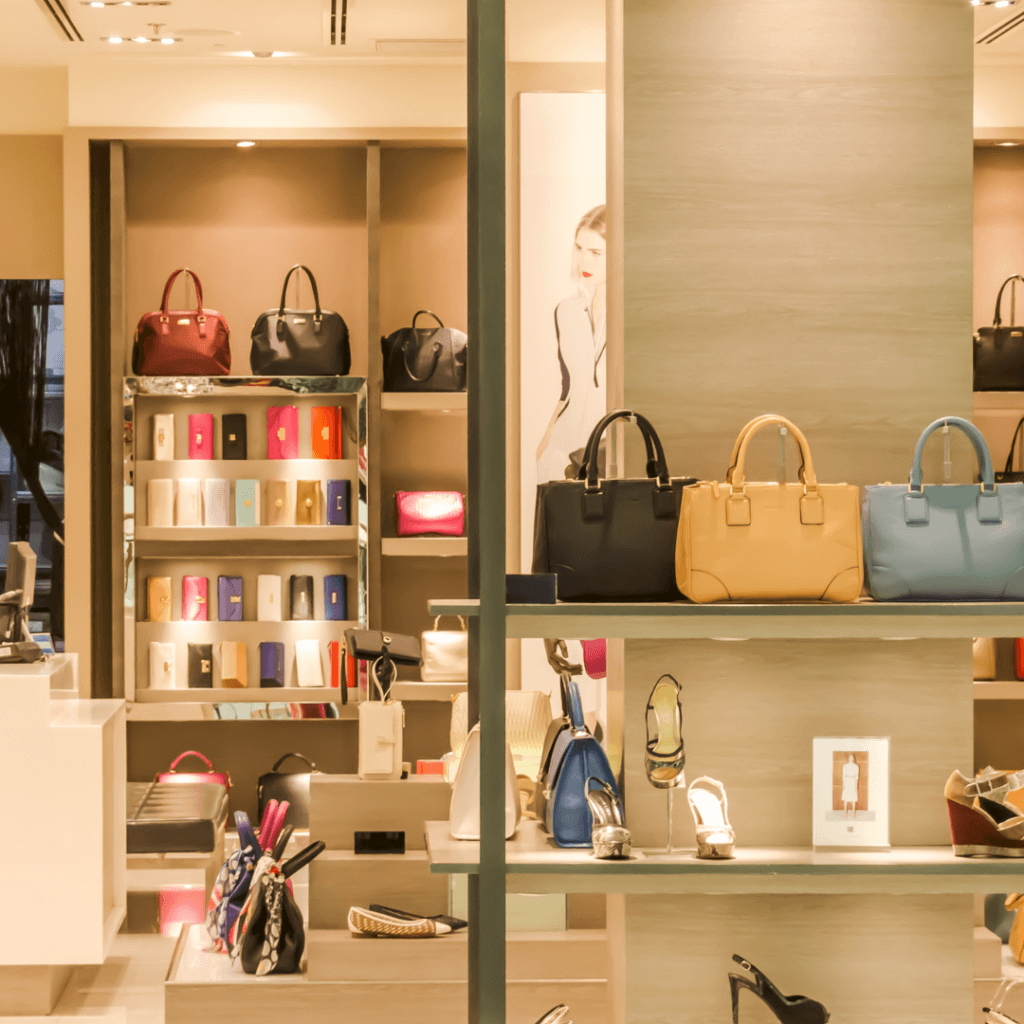
The second-hand market is set to double in the next five years from $36 billion to $77 billion, driven largely by consumers’ desire for greater access. While the purchase of pre-owned items is not a new phenomenon, there has been an upsurge in the pre-owned luxury category within this sector. In fact, Michael Zahariev, Co-Founder of Luxity, predicts that by 2027, one in 10 luxury items bought in South Africa will be pre-owned.
He says that there has always been a subsection of second-hand shoppers who would sift through the racks at thrift stores or local markets in search of luxury pieces. “Over the years, this niche has become more formalised and grown considerably.” The resale luxury market was valued at €33 billion in 2021 and has an anticipated annual growth rate of 10% to 15% over the next decade.
Local luxury outlook
Zahariev notes that, in South Africa, this growth is being galvanised by the increased access that pre-owned luxury stores like Luxity provide. “For example, locals can now buy pre-owned, limited-edition pieces which often sell out quickly when new or are rare to find. Additionally, a large percentage of pre-owned sales are coming from areas where the likes of Louis Vuitton and Gucci don’t have stores such as Durban, Limpopo and Gqeberha. These sales are being facilitated via online channels which are further increasing accessibility.
“Those on the lookout for luxury also understand that luxury goods have an inherent value which, unlike fast fashion items, appreciates over time. This is driven by price increases in the primary or new market. A Chanel handbag 10 years ago, for instance, would cost R35,000 new, but now it’s selling at R120,000 second-hand. Luxury goods are also made to be more durable, and people tend not to wear these items that much which also helps to retain their value.”
Buying and selling boom
It’s not surprising then that platforms like Luxity have experienced increased overlap between buyers and sellers of pre-owned luxury pieces. “While 46,2% of our clients are made up of buyers and 48,2% of sellers, only a small percentage of under 5.4% are both buying from and selling to Luxity. However, this small group of our customer base accounts for 26% of our total revenue. For the most part, these individuals are using the profits from the sale of their items to buy more pre-owned luxury goods. In doing so, they become part of the growing circular economy.”
According to Zahariev, one of the reasons for the rise in clients that include both ends of the sales spectrum has to do with the formalisation and digitisation of reselling channels. “In the past, people would either have to physically go to thrift shops and second-hand stores or try their luck on sites like Gumtree to buy and sell luxury goods. There, they would have to contend with counterfeits and criminals, but now they have safe and convenient spaces in which to transact. In some cases, technology is being used to find items that align with the buyer’s specific wants and also alert them about the availability thereof. Research by McKinsey has found that specialised digital platforms for trading pre-used goods are driving much of the sector’s growth, with a predicted expansion of 20% to 30% per annum.”
Third-party support bolsters the market
He says that it’s not only investment-savvy consumers that have taken note of the value in pre-owned luxury; major retailers have too, with the likes of Neiman Marcus in the United States teaming up with resellers to give shoppers this option. “Soon, we will be seeing this trend picking up in South Africa.”
Zahariev concludes by saying, “The pre-owned luxury category holds enormous potential for customers, brands and third-party supporters and may one day even take over the fast fashion industry altogether. “

